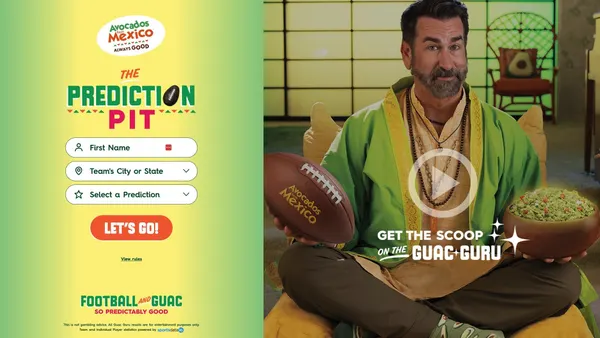Brief:
-
Nearly 2.1 billion consumers worldwide will use a mobile wallet to make a payment or send money in 2019, up by nearly 30% from 1.6 billion at the end of 2017, Juniper Research said in a study. In-store wallet usage is likely to be far stronger in the U.S. than in Europe, Canada and Australia, as only a minority of U.S. payment cards offer contactless as an option.
-
PayPal, Alipay and WeChat Pay are the top providers of mobile wallets worldwide, while the emergence of high-profile mobile payment services, such as Apple Pay, Samsung Pay and Google Pay, has provided the industry with fresh momentum.
-
QR code-based in-store payments are very popular in China, although payment security is a key concern. Nearl-field communications (NFC) mobile payments provide better security, but require transaction hardware that can interact with smartphones. QR codes are likely to be limited to “closed loop” wallets such as those deployed by Starbucks and Walmart, per Juniper.
Insight:
Juniper’s study has many insights on how the mobile payment industry will evolve as traditional card payment services vie with comparably new entrants from the mobile industry, such as Apple Pay, Samsung Pay and Google Pay. The U.S. has been slow to adopt cashless payments, compared with urban areas in China that quickly embraced the technology and abandoned cash payments. Among the 250 million smartphones in use in the U.S., 25.1% were used to make a contactless payment, compared with 0.8% for contactless card payments, in 2017, per Juniper.
The U.S. has made a slow transition to the EMV standard for cards equipped with computer chips and the technology used to authenticate chip-card transactions. The transition to EMV has reportedly provoked some resentment among U.S. consumers and merchants because of the longer transaction time of 7 to 10 seconds, compared with 2-3 seconds for a traditional swipe card. This means that Apple Pay, which has a transaction time comparable with swipe cards, and other mobile wallets have an opportunity to establish themselves as the preferred contactless method.
The challenge facing Apple and its rivals is to ensure that the infrastructure is in place for consumers to make in-store payments. When Apple Pay was started in September 2014, only 3% of retailers accepted the payment method. By the end of 2017, half of U.S. retailers supported the payment method, but a significant share of the industry hadn’t activated the technology yet. About 30% of all point-of-sale terminals in the U.S. were capable of processing contactless transactions by the end of 2017, per Juniper.
Many markets have focused on enabling in-store mobile payments with NFC chips that use the same infrastructure and technology as contactless cards, but some areas have embraced QR code in-store payments. The most successful deployment of QR code-based payments has been in China, where $1.58 trillion in transactions were processed with the codes last year, per Juniper. The People’s Bank of China started to regulate QR code payments because of security concerns, such as hacking or malware. The security systems are currently inadequate in the country, Juniper said.










